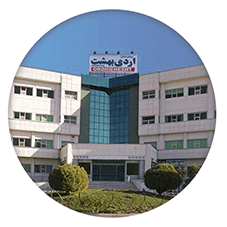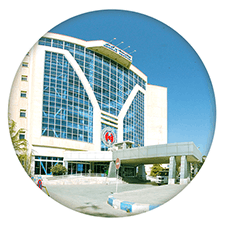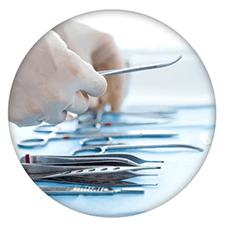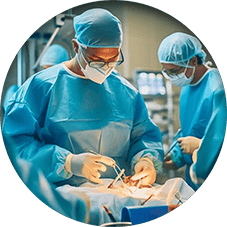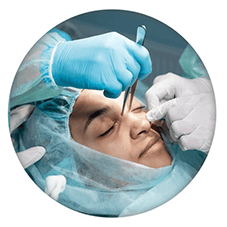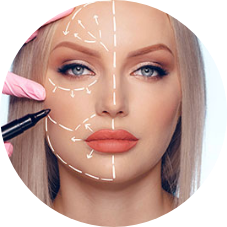- الصفحة الرئيسية
- طاقم الأطباء
- المراكز الصحية
المراكز الصحية HAPPY GREEN LIFE
- خدمات صحية
الخدمات الصحية HAPPY GREEN LIFE
- خدمات التجميل
تجميل الأسنان نحت الجسم تجميل الأنف زراعة الشعر
- مدونة
- السياحة
- شهادات
العربية
- الصفحة الرئيسية
- طاقم الأطباء
- المراكز الصحية
المراكز الصحية HAPPY GREEN LIFE
- خدمات صحية
الخدمات الصحية HAPPY GREEN LIFE
- خدمات التجميل
تجميل الأسنان نحت الجسم تجميل الأنف زراعة الشعر
- مدونة
- السياحة
- شهادات
العربية




